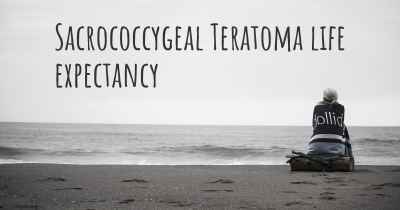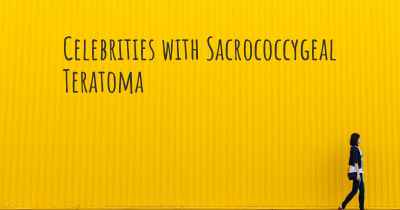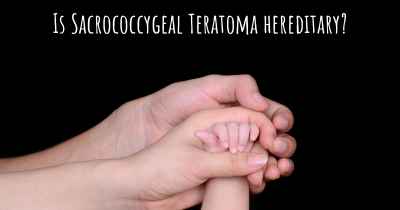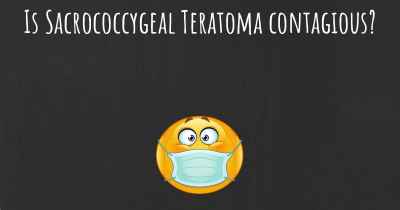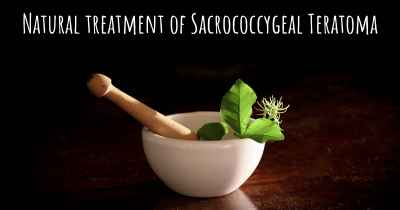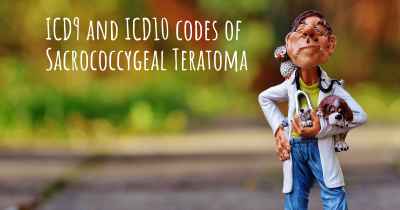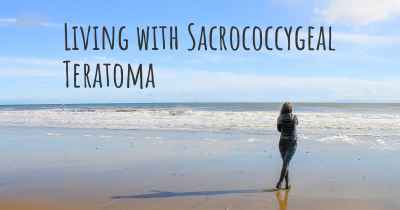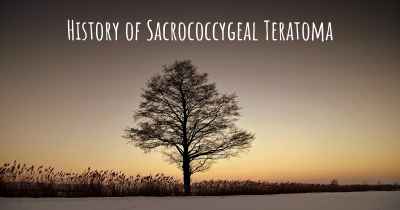Sacrococcygeal Teratoma diet. Is there a diet which improves the quality of life of people with Sacrococcygeal Teratoma?
Are you aware of a diet that can improve the quality of life of people with Sacrococcygeal Teratoma? Is there a diet that is suggested to avoid when having Sacrococcygeal Teratoma? See if there is a diet that can improve the quality of life of people with Sacrococcygeal Teratoma, recommended and to avoid food when having Sacrococcygeal Teratoma
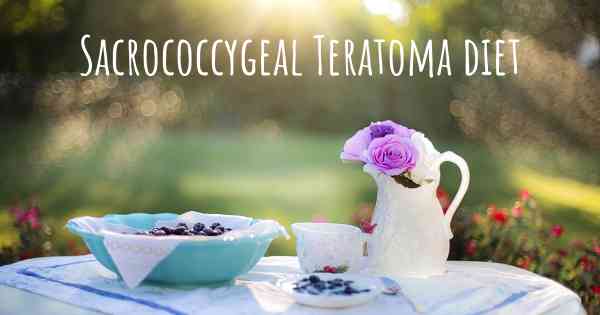
Sacrococcygeal Teratoma (SCT) is a rare tumor that develops at the base of the spine in infants. It is typically diagnosed before birth or shortly after delivery. The treatment for SCT usually involves surgical removal of the tumor, which can vary in size and complexity. While there is no specific diet that can directly improve the quality of life for individuals with SCT, maintaining a healthy and balanced diet is crucial for overall well-being.
1. Adequate Nutrition: It is important for individuals with SCT to consume a well-balanced diet that provides all the necessary nutrients for growth and development. This includes a variety of fruits, vegetables, whole grains, lean proteins, and healthy fats. Adequate nutrition helps support the body's healing process and boosts the immune system.
2. Hydration: Staying hydrated is essential for everyone, including individuals with SCT. Drinking enough water helps maintain proper bodily functions, aids digestion, and promotes overall health. It is recommended to consume at least 8 glasses of water per day, or more if needed.
3. Fiber-rich Foods: Including fiber-rich foods in the diet can help prevent constipation, which is a common concern for individuals with SCT. Foods such as whole grains, fruits, vegetables, and legumes are excellent sources of dietary fiber. It is important to gradually increase fiber intake and drink plenty of water to avoid any discomfort.
4. Nutrient-dense Foods: Incorporating nutrient-dense foods into the diet can provide essential vitamins and minerals. These include foods like leafy greens, berries, nuts, seeds, fish, and low-fat dairy products. Nutrient-dense foods support overall health and aid in the healing process.
5. Small, Frequent Meals: Eating smaller, more frequent meals throughout the day can help manage digestion and prevent discomfort. This approach can be particularly beneficial for individuals with SCT who may experience gastrointestinal issues or have a reduced appetite.
6. Consult a Registered Dietitian: It is highly recommended to consult a registered dietitian who specializes in pediatric nutrition or oncology. They can provide personalized dietary recommendations based on the individual's specific needs, taking into account any potential complications or dietary restrictions.
7. Emotional Support: While diet plays an important role in overall well-being, it is equally important to provide emotional support to individuals with SCT. Surrounding them with a loving and caring environment can positively impact their quality of life and aid in their recovery.
It is important to note that the information provided here is general in nature and should not replace medical advice. Each individual's dietary needs may vary, and it is crucial to consult with healthcare professionals for personalized guidance.
Posted May 21, 2017 by Erin 2150
